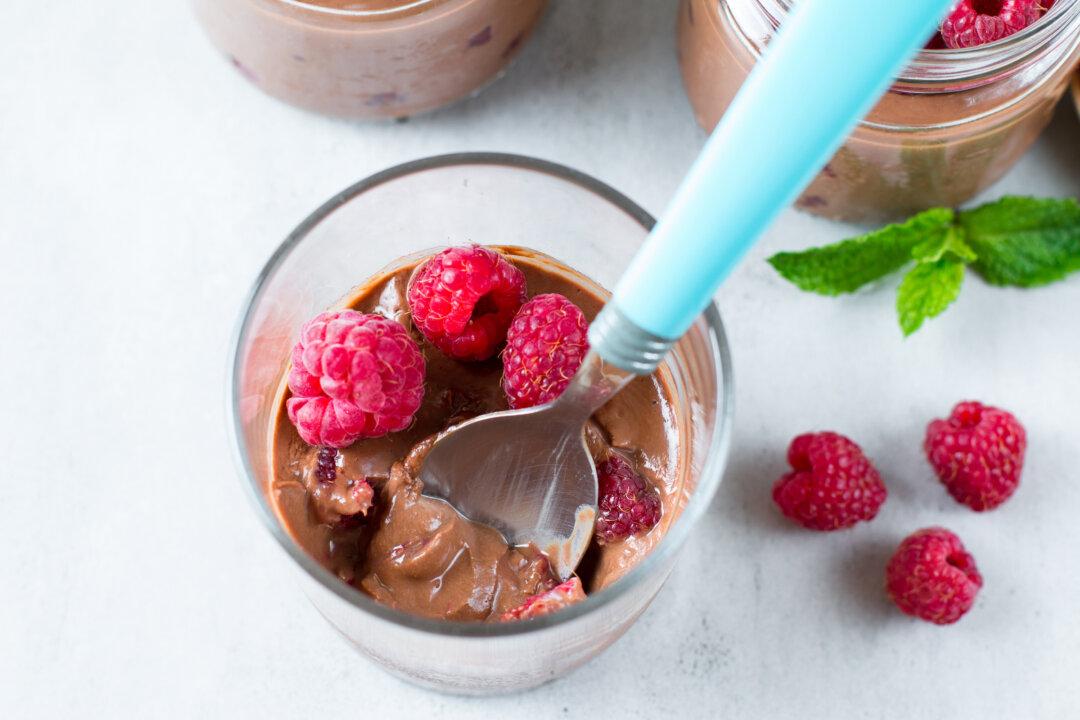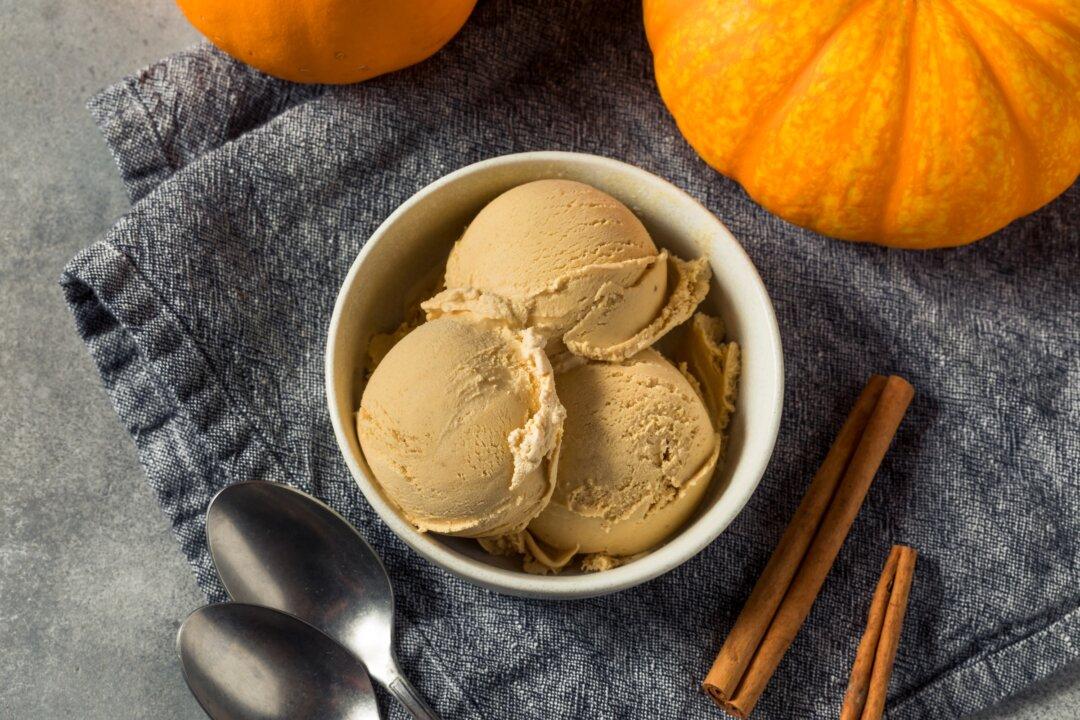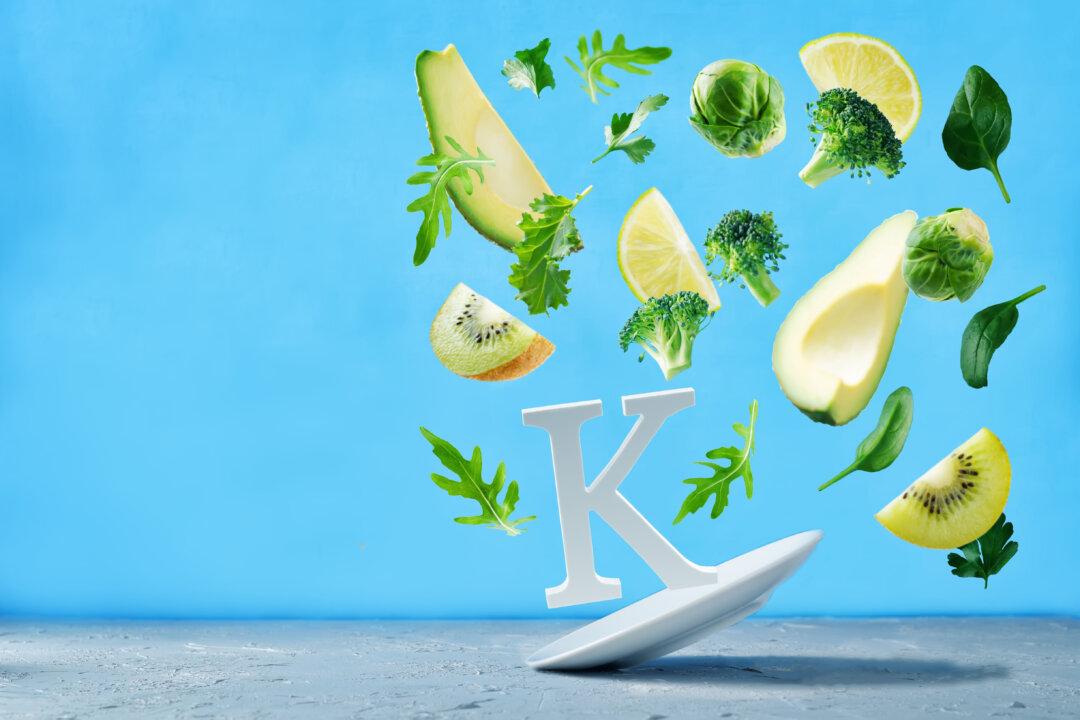Nothing says autumn like pumpkins on the doorstep and pumpkin pie on the table. In fact, sometimes it seems as though everything is pumpkin-flavored this time of year. Pumpkin is flavoring everything from candy and coffee to ice cream and doughnuts. It’s a shame to give this food such a bad name. Pumpkins and pumpkin seeds are nutrient-dense foods that score high on my Aggregate Nutrient Density Index (ANDI).
As we all know, Native American Indians used pumpkin as a staple in their diets for centuries before the pilgrims landed. Pumpkins and squashes were important crops for the Indians and later the pilgrims because they stored well and provided a nutritious food source during the winter months.






